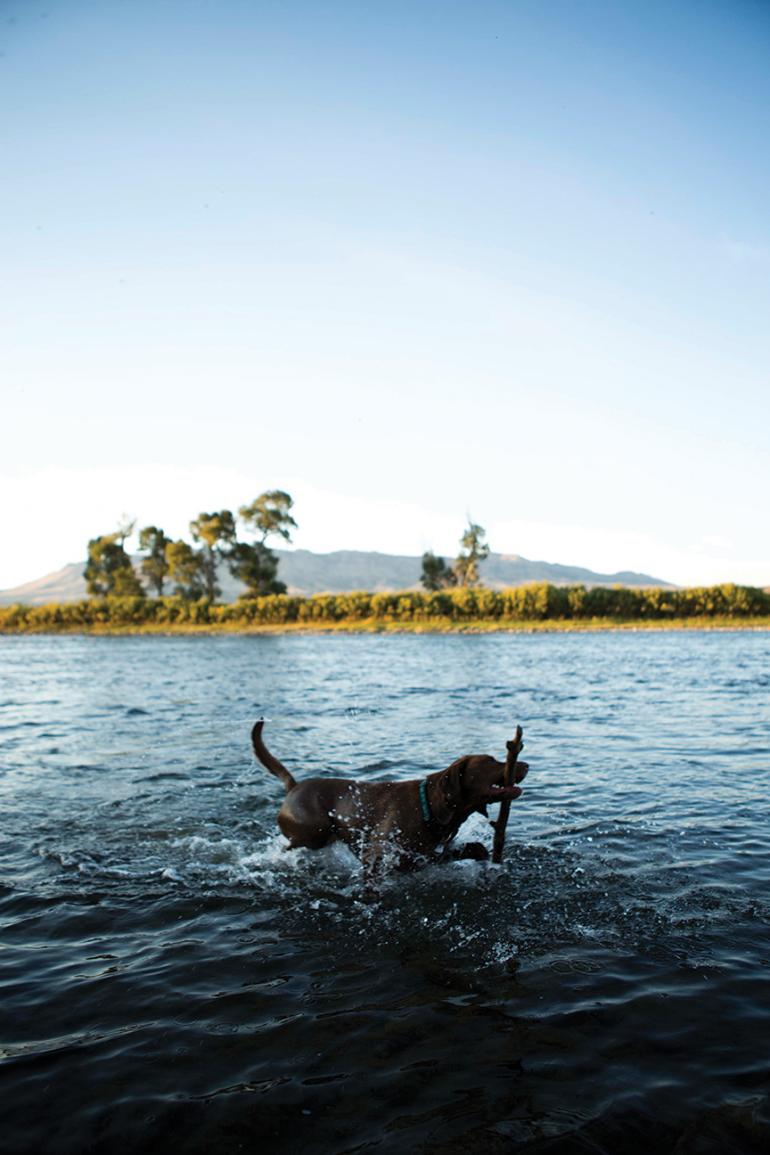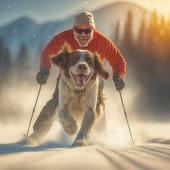Call of the Mild
Canine considerations for spring.
Spring means lots of new adventures for you and your furry family members. Here are some things to take into consideration this season.
Exercise
Warmer weather means we all feel friskier. It’s normal for dogs to store fat in winter (just like we do), but a heavier dog needs to begin spring exercise gently. Just as you may want to ease back into an outdoor exercise routine, your dog also needs to take it slow at first. Increase walks and runs in the park steadily, but gradually. Do some preventative maintenance by starting your dog on a joint-support supplement—one that includes Ester C and MSM, in addition to Glucosamine and Chondroitin.
Nutrition
Nutrition goes hand-in-hand, er, paw-in-paw, with exercise. Think about a high-protein food (kibble or raw whole foods) for your dog that will provide the proper energy requirements and recovery that’s necessary for an increase in activity level.
Allergies
Dogs get springtime allergies too. As is the case for humans, dogs can become allergic over time, so don’t be surprised if your dog’s reactions to springtime allergens change from puppy to adult. Pollen from the first flowering trees, dandelions and tulips, dust, mold, and even insects can cause allergic reactions. Symptoms include itching, coughing, sneezing, flaky skin, or an oily-feeling coat. Never use human allergy medicines for dogs. Natural canine allergy medicines are effective.
Paw Care
Conscious spring paw care is essential. Roadside banks of icy snow have been repeatedly inundated with salt and other snow-melting chemicals. The puddles from these glaciers are toxic and harsh for the pads. Remember to wash your dog’s feet with soap after every walk and beware of thirsty dogs who want to lap up snow-melt water. As the sun warms the roads, dogs will get thirsty on walks, so remember to carry a water bottle and pet travel-bowl to prevent sipping roadside sludge.
Shedding
Many dogs shed in spring. Shedding is a natural transition, but the dry, winter coat can cause mats and tangles as it falls out. Gentle, regular brushing in spring helps restore oils to the new coat, stimulates the skin, and prevents the dreadlocks of an unkempt coat. Try adding Omega 3 oils (fish oil or coconut oil) to your pet’s diet to assist this transitional period for the coat.
Lawn Chemicals
In the spring, your dog will finally be able to run on grass, not frozen snow or dead thatch. Pay attention to where you let your dog run. Spring lawn-care often combines herbicide and pesticide treatments to kill “critters” and seed-sprouting weeds and nitrogen to make your lawn green. While these chemical washes might produce beautiful, green grass, they also produce a toxic lawn for dogs. Walk your dog in the safe scrubby grass in spring and keep an eye out for the “pesticide-treated” signs in the formal lawns. Pesticides, herbicides, and dogs don’t go together.
By thinking ahead, dog owners can avoid problems and help their dogs maximize our glorious springtime in the Gallatin Valley.
Holly Allen owns Dee-O-Gee in Bozeman.











